Safe operation of container sidelifters
Issued: 26 August 2009
Last Updated: 26 August 2009
Purpose
The purpose of this alert is to inform all businesses and people who operate container sidelifters of the risk of injury when using this equipment to transfer a container from one vehicle to another.
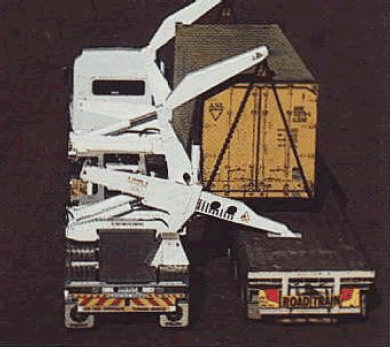
Photograph 1: Transferring a container from one vehicle to another with a sidelifter.
Background
A recent incident occurred in Queensland when the foot on a stabiliser leg of a sidelifter slipped off the chassis of the adjacent trailer while a container was being transferred (see photograph 2). The movement of the foot, as it slipped off the chassis of the skeleton trailer, caused the trailer transferring the load to lurch to one side and come to rest in a tilted position against the second trailer (see photograph 3).
This sudden tilt caught the operator in a crush zone between the two trailers, inflicting serious bodily injuries.(See photograph 4).
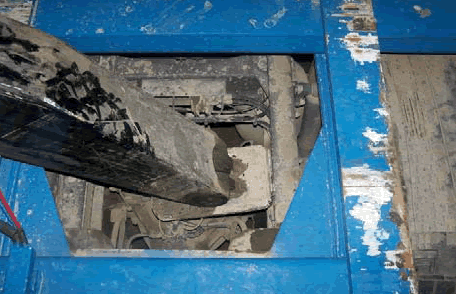
Photograph 2: Foot that has slipped off chassis
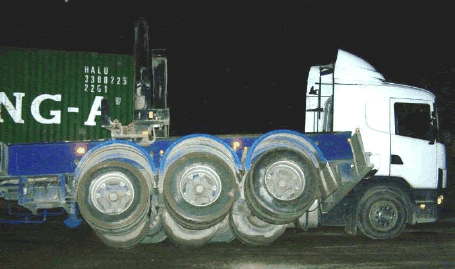
Photograph 3: Trailer tilted resulting from foot instability
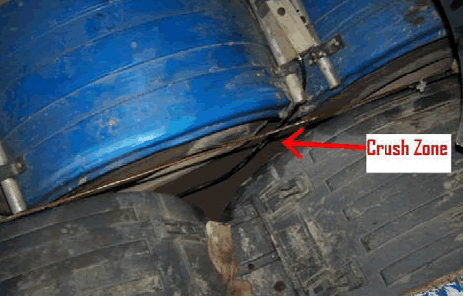
Photograph 4: Crush zone between trailers
The level of lighting at the time of the incident was low and the skeleton trailer was not fitted with devices specifically designed to locate the stabiliser feet and prevent any sliding movement.
Note: a skeleton trailer is a trailer that consists of structural members and has no flat tray.
Transferring a container to and from the trailer incorporating the sidelifter assembly is one of the activities allowed by some manufacturers of sidelifters.
Actions required to minimise the risk of injury
For the safe use of sidelifters, the obligation holder must ensure the following:
- The load being transferred is within acceptable limits according to the load chart for the sidelifter unit.
- There is adequate lighting when using sidelifters at night.
- Operators of sidelifters are provided with instructions for use and must be effectively trained for the task. This is especially critical in relation to all persons being clear of the 'no go' zone and to the positioning of the support legs and feet.
- Suspension lockouts are engaged as required by the sidelifter manufacturer.
- Trailers and vehicles used for transferring containers from one vehicle to the other are designed for this purpose, that is, they are fitted with suitable feet locating devices intended for providing a support base for the feet of the stabiliser legs(see Photograph 5), and contain suspension lockout devices.
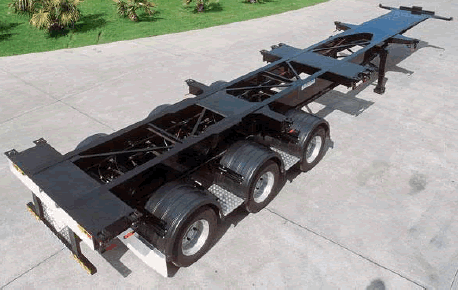
Photograph 5: Trailer with sidelifter foot support plates.
Routine maintenance
A competent person must be engaged periodically to carry out inspections of the sidelifters critical components at least annually or as prescribed by the manufacturer. The unit generally must be maintained in a safe condition with repairs as required being carried out by competent personnel.
A record of the above activities should be maintained to provide a history of the plant.